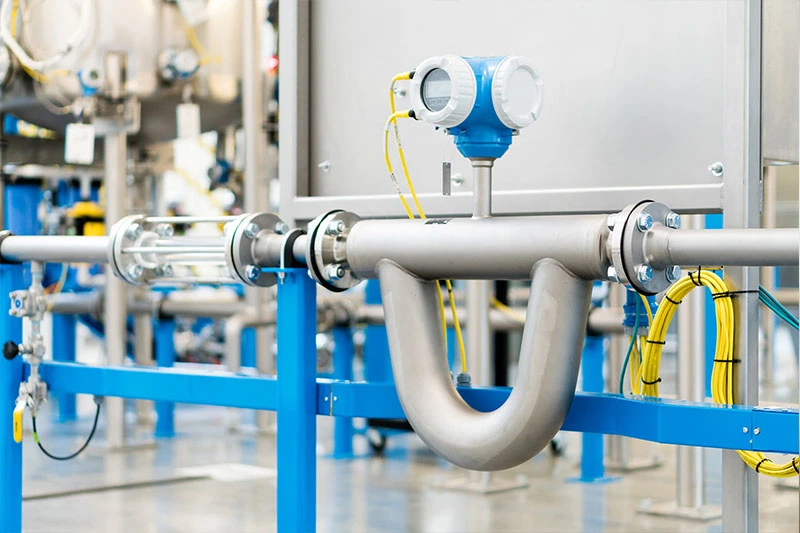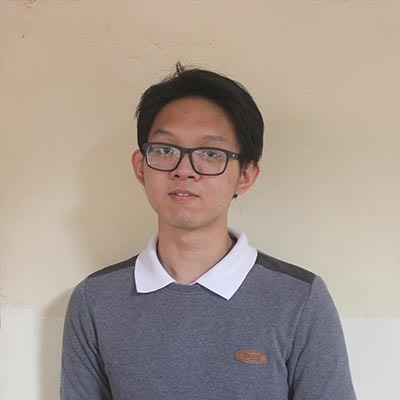
Process Control and Dynamics (Kontrol dan Dinamika Proses)
Kursus batu penjuru ini membahas tentang pengendalian proses teknik kimia dan memberikan penjelasan tentang dasar dan metode kontrol proses, termasuk algoritma PID, instrumentasi, analisis stabilitas, dan perilaku dinamis.
References:
- Marlin, T. E. (2000). Process Control: Designing Processes and Control Systems for Dynamic Performance (2nd ed.). McGraw-Hill.
- Seborg, D. E., Edgar, T. F., Mellichamp, D. A., & Doyle III, F. J. (2017). Process Dynamics and Control (4th ed.). John Wiley & Sons, Inc.
- Towler, G. & Sinnott, R. (2013). Chemical Engineering Design: Principles, Practice, and Economics of Plant and Process Design (2nd ed.). Butterworth-Heinemann.
Course Fee
Reviews
Schedule
Appointment with tutor(s)
Registration
Theoretical Models of Chemical Processes
Process control is defined by the mathematical models. To learn process control, first students must be introduced to:
- General Modeling Principles
- Degree of Freedom Analysis
- Modelling Examples
- Linearization
- Dynamic Models of Representative Processes
Modeling and Analysis for Process Control
After introduced to the modelling, this session will covers materials in process control modelling, which are:
- The Laplace Transform
- Input-Output Models and Transfer Functions
- Block Diagrams
Dynamic Behaviour
Dynamic behaviour in chemical processes must be treated. To understand it, this session will discuss materials in:
- Dynamic Behaviour of First-Order Systems and Second-Order Systems
- Series and Parallel Structures
- Recycle Structures
- Multi Input-Multi Output Systems
Feedback Loop
This session incdludes materials in:
- Process and Instrument Elements of the Feedback Loop
- Selecting Controlled and Manipulated Variables
- Control Performancce Measures for Common Input Changes
PID Algorithm
PID algorithm is the fundamental of process control. This session includes materials in:
- Desired Features of a Feedback Control Algortihm
- Block Diagram of the Feedback Loop
- Basic Control Mode: Proportional Mode
- Basic Control Mode: Integral Mode
- Basic Control Mode: Derivative Mode
- Basic Control Mode: Proportional-Integral-Derivative Mode
- PID Controller
PID Controller Tuning
Tuning is done to get the best response of controller to the actuator. The materials discussed in this material includes:
- Defining the Tuning Problem
- Determining Good Tuning Constant Values
- Correlations for Tuning Constants
Control System Instrumentation
This sessions includes materials in:
- Sensors, Transmitters, and Transducers
- Final Control Elements
- Accuracy in Instrumentation
Stability Analysis and Controller Tuning
Stability analysis will discuss materials in:
- Concept of Stability
- Stability of Control Systems Principles
- Stability of Control Systems: The Bore Method
- Controller Tuning Based on Stability: Ziegler-Nichols Close Loop
- Controller Tuning and Stability
Process Control Design: Definition and Decisions
This session discuss materials in:
- Defining the Design Problem
- Measurements and Final Elements
- Process Operability
- Control Structure, Algortihms, and for Safety
- Performance Monitoring
Process Control Design: Managing the Design Procedure
The materials in this session includes:
- Defining the Design Problem
- Sequence the Design Steps
- Temporal Hieraarchy of Control Structure
- Process Decomposition
- Integrating the Control Design Methods


